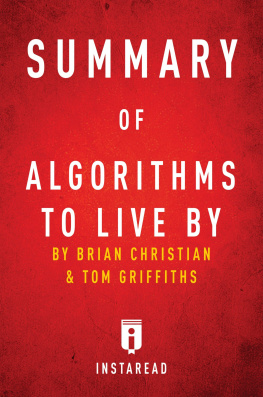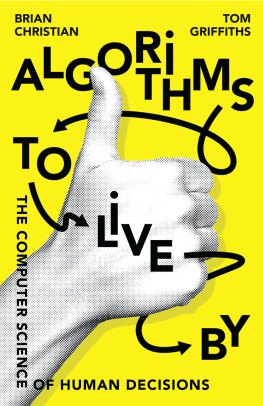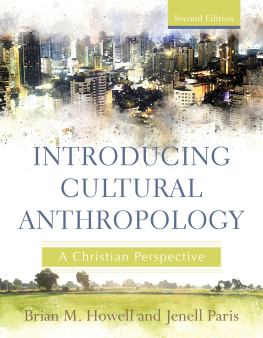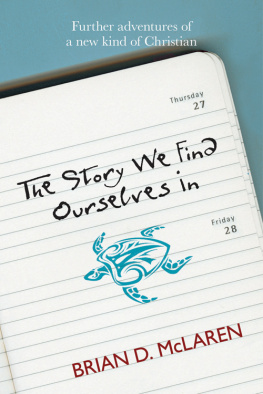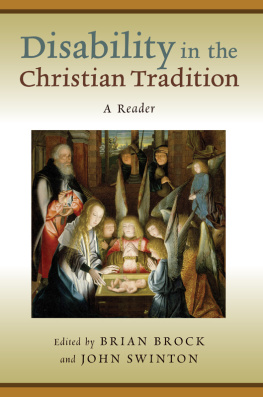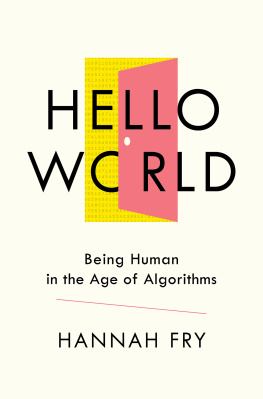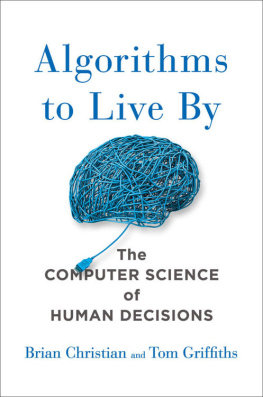Brian Christian - Summary of Algorithms to Live By
Here you can read online Brian Christian - Summary of Algorithms to Live By full text of the book (entire story) in english for free. Download pdf and epub, get meaning, cover and reviews about this ebook. year: 2016, publisher: IRB, genre: Computer. Description of the work, (preface) as well as reviews are available. Best literature library LitArk.com created for fans of good reading and offers a wide selection of genres:
Romance novel
Science fiction
Adventure
Detective
Science
History
Home and family
Prose
Art
Politics
Computer
Non-fiction
Religion
Business
Children
Humor
Choose a favorite category and find really read worthwhile books. Enjoy immersion in the world of imagination, feel the emotions of the characters or learn something new for yourself, make an fascinating discovery.
- Book:Summary of Algorithms to Live By
- Author:
- Publisher:IRB
- Genre:
- Year:2016
- Rating:4 / 5
- Favourites:Add to favourites
- Your mark:
- 80
- 1
- 2
- 3
- 4
- 5
Summary of Algorithms to Live By: summary, description and annotation
We offer to read an annotation, description, summary or preface (depends on what the author of the book "Summary of Algorithms to Live By" wrote himself). If you haven't found the necessary information about the book — write in the comments, we will try to find it.
Summary of Algorithms to Live By — read online for free the complete book (whole text) full work
Below is the text of the book, divided by pages. System saving the place of the last page read, allows you to conveniently read the book "Summary of Algorithms to Live By" online for free, without having to search again every time where you left off. Put a bookmark, and you can go to the page where you finished reading at any time.
Font size:
Interval:
Bookmark:
Summary of
Algorithms to Live By
The Computer Science of Human Decisions
by Brian Christian and Tom Griffiths

Instaread

Please Note
This is a summary with analysis.
Copyright 2016 by Instaread. All rights reserved worldwide. No part of this publication may be reproduced or transmitted in any form without the prior written consent of the publisher.
Limit of Liability/Disclaimer of Warranty: The publisher and author make no representations or warranties with respect to the accuracy or completeness of these contents and disclaim all warranties such as warranties of fitness for a particular purpose. The author or publisher is not liable for any damages whatsoever. The fact that an individual or organization is referred to in this document as a citation or source of information does not imply that the author or publisher endorses the information that the individual or organization provided. This concise summary is unofficial and is not authorized, approved, licensed, or endorsed by the original books author or publisher.
Table of Contents
Algorithms to Live By by Brian Christian and Tom Griffiths is an immersive look at the history and development of several algorithms used to solve computer science problems. It also considers potential applications of algorithms in human life including memory storage and network communication.
One such computer science problem is the optimal stopping problem, the mathematical puzzle for determining how long to review options and gather data before settling on the best choice available. The algorithm, based on statistical analysis, shows that there is an optimal place or time to stop researching options or solutions to a problem and instead commit to the next option thats just as good as those already considered. Similarly, the mathematical way to decide whether to try something new or stick with the familiar choice is expressed by the Gittins Index score of any given alternative. It values a complete unknown more highly than a choice that has proven to be disappointing once or twice in the past depending on how many times that choice had a positive outcome.
When planning the schedule for a single machine or person, the order of tasks should depend on whether the goal is to achieve deadlines or to minimize the time a task remains undone. However, once tasks that rely on each other to be completed are introduced, the algorithm becomes too complex for a computer to solve. Problems like creating the shortest possible route between a long list of destinations are too complex for even computers to solve in a reasonable amount of time, but creating a version of the problem with less complexity, where rules are relaxed or where rule-breaking is only slightly penalized, can lead to near-perfect solutions.
Randomness can be used to test theories to a high degree of probability, but the benefits of speed and reduced computing power offered by the use of random sampling come with a trade-off of certainty. Randomness also introduces changes that can push a system toward a more desired outcome. This can occur when someone has an inspiration or when randomness is used to push the model away from a deceptively attractive yet suboptimal solution.
Algorithms also apply to game theory. Opponents often play a game on multiple levels and can choose between cooperative or competitive play styles. Game theory calculates a price of anarchy, the change of potential outcomes between cooperative and competitive play. Changing the games rules, introducing emotional factors, or creating information imbalances can encourage the equilibrium to move toward cooperative or competitive play.
With a more nuanced understanding of decision-making, society would be improved by making decisions easier for members through computational kindness, the practice of which can reduce the complexity of the many algorithms needed in the search for an optimal solution.
Brian Christian is a writer whose work has been published in The New Yorker, The Atlantic, and The Wall Street Journal. He wrote the bestseller The Most Human Human (2011).
Tom Griffiths directs the Computational Cognitive Science Lab and Institute of Cognitive and Brain Sciences, both at the University of California, Berkeley.
Michael Trick is a senior associate dean of operations research at the Carnegie Mellon Tepper School of Business. He is a partner at the Sports Scheduling Group.
- Algorithms are step-by-step instructions that seek the best possible solution to a problem.
- When conducting a search for the best of a set of options, the ideal point to stop researching and prepare to commit to the next good option is 37 percent of the way through the set of choices.
- Statistical analysis generally values unfamiliar choices above those that have proven disappointing once or twice before.
- The fastest method of sorting, as measured by an algorithms scalable time, is a rough sort into evenly sized categories followed by a gradual merging sort starting with pairs that combine together.
- The most efficient forms of memory storage have various levels of caches for information used more recently or frequently and remove the last-used items from a cache when it fills up.
- One ideal scheduling algorithm is to work first on the tasks where importance divided by time needs is highest. Things or tasks that rely on each other for completion should inherit each others priority to prevent interruptions.
- Observation data with familiar distribution can be predicted using specific operations.
- If a model is overfit for its needs, it can provide inaccurate information or fail to serve its actual purpose.
- Some algorithmic problems are too complex to model, but relaxing the constraints on the problem can lead to solutions with a measurable distance from the ideal.
- Randomness can be used to test theories for probable accuracy, which saves time and computing power but sacrifices certainty.
- Internet communication networks use features of human communication, such as acknowledging requests for attention and turning down connection requests that a server cannot handle, to increase the network's resiliency and cut down on delays.
- Changing the initial setup of a game and its players can change the play styles of the individuals toward cooperation or competition.

We hope you are enjoying this Instaread ebook
Download the Instaread mobile app to get unlimited text & audio summaries of bestselling books.
CLICK HERE TO LEARN MORE
Algorithms are step-by-step instructions that seek the best possible solution to a problem.
Analysis
Some computer algorithms can be applied directly to human problems and guarantee near-optimal solutions while others have no solutions. An algorithm with no solution, or one that is simply too difficult for people to calculate, can be approximated or made easier through computational kindness, which makes it easier to choose between decisions.
Education administration is an example of a field that would benefit from the use of algorithms to improve efficiency and make intelligent decisions easier. Bringing a single student to school requires a bus driver to calculate an efficient route between the homes of all the students who ride that bus. Arranging course offerings and teachers to staff them, as well as scheduling courses at times that allow maximum choices for the students, can be made easier for the registrar by using algorithms to complete these tasks. A principal might use sorting algorithms to rank the scores of students on tests that were designed to resist overfitness inaccuracies.
Next pageFont size:
Interval:
Bookmark:
Similar books «Summary of Algorithms to Live By»
Look at similar books to Summary of Algorithms to Live By. We have selected literature similar in name and meaning in the hope of providing readers with more options to find new, interesting, not yet read works.
Discussion, reviews of the book Summary of Algorithms to Live By and just readers' own opinions. Leave your comments, write what you think about the work, its meaning or the main characters. Specify what exactly you liked and what you didn't like, and why you think so.

